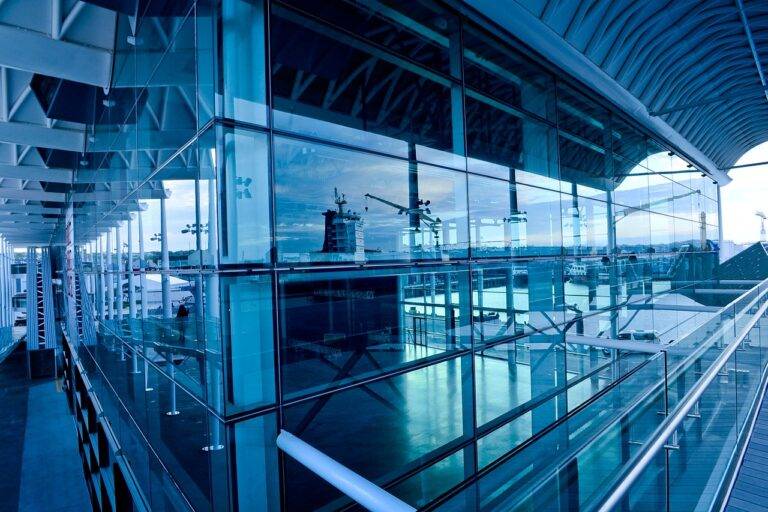The Thrill of Hot Air Ballooning: Soaring Over Majestic Landscapes
Sometimes, all it takes is a shift in perspective to truly appreciate the beauty of the world around us. From high above in a hot air balloon, the landscape below transforms into a breathtaking tapestry of colors and textures. The hustle and bustle of daily life seem to fade away as you soar through the sky, enveloped in a sense of tranquility.
Looking down upon sprawling cityscapes, lush green forests, or serene bodies of water, one gains a newfound appreciation for the vastness and intricacies of our planet. Every journey in a hot air balloon is a reminder of the wonders that await when we choose to view the world from a different angle. It’s a chance to break free from the confines of the ground and experience the Earth in all its splendor and glory.
Heading 2: The History and Evolution of Hot Air Ballooning
The history of hot air ballooning dates back to the 18th century when the Montgolfier brothers conducted the first successful manned flight in 1783. Their balloon, made of silk and paper and fueled by burning straw, rose to an altitude of 6,000 feet, captivating audiences with this newfound mode of transportation. This event marked the beginning of a revolutionary era in aerial exploration.
Over the years, hot air ballooning has evolved from a novel experiment to a popular recreational activity enjoyed by many around the world. Advances in technology have led to the development of more durable and efficient materials for balloon construction, making it a safer and more accessible pastime. Today, hot air ballooning continues to enchant enthusiasts with its serene and breathtaking views from the sky, carrying on the legacy of the Montgolfier brothers’ pioneering spirit.
Heading 3: The Science Behind Hot Air Balloons
Hot air balloons operate based on a very simple scientific principle: hot air rises. Inside the balloon, there is a heat source, typically an open flame fueled by propane, that heats the air inside the balloon. As the air inside the balloon becomes hotter than the surrounding air outside, the balloon begins to ascend. This difference in temperature creates a buoyant force that lifts the balloon and its passengers off the ground.
The balloon’s envelope, usually made of nylon or polyester, is designed to trap the heated air inside while still allowing the balloon to expand and take on its characteristic shape. By controlling the temperature of the air inside the balloon, the pilot can regulate the ascension and descent of the hot air balloon. The science behind hot air balloons is a beautiful blend of simplicity and ingenuity, allowing humans to experience the wonder of flight in a unique and serene way.





